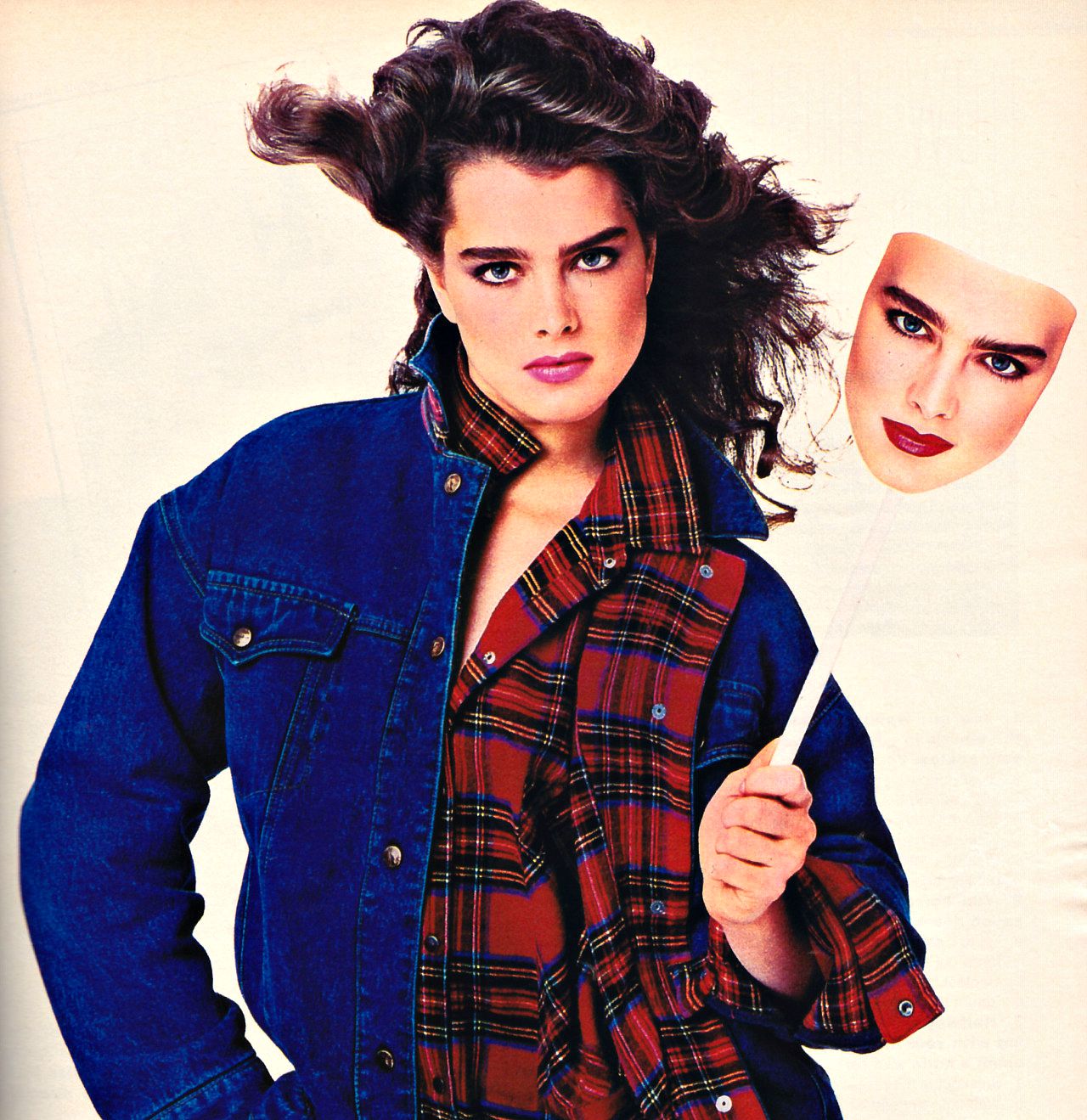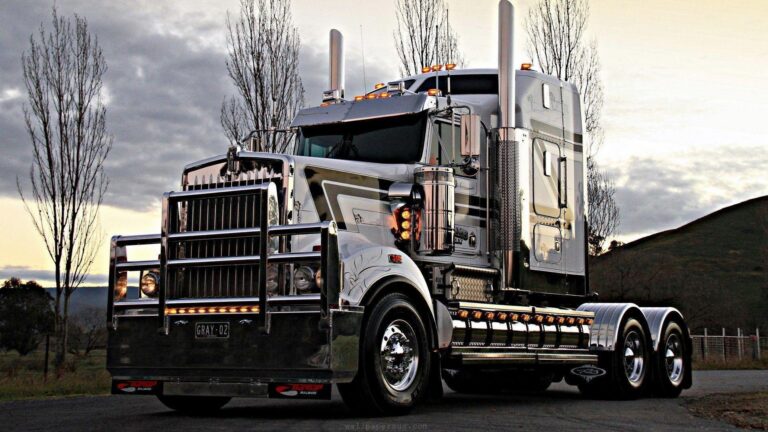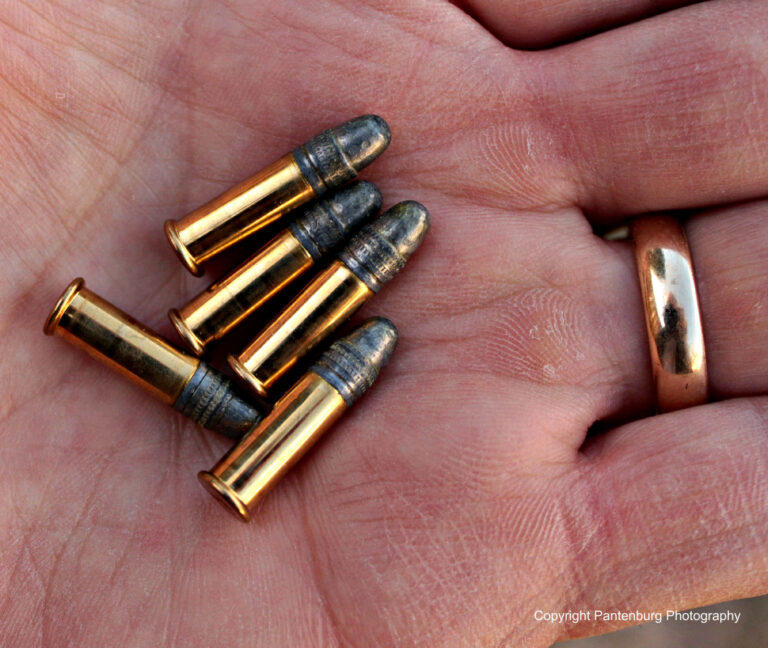1980s Ford Trucks For Sale: A Comprehensive Buyer’s Guide
1980s Ford Trucks For Sale: A Comprehensive Buyer’s Guide cars.truckstrend.com
Introduction: The Enduring Allure of 80s Ford Trucks
In an era defined by bold styling, rugged capability, and a shift towards more refined yet still work-ready vehicles, 1980s Ford trucks stand out as an iconic testament to American automotive engineering. From the ubiquitous F-Series pickups to the adventurous Bronco and the nimble Ranger, these machines embodied the spirit of a decade, serving as reliable workhorses, family haulers, and recreational companions. Today, "1980s Ford Trucks For Sale" isn’t just a search query; it’s an entry point into a vibrant subculture of enthusiasts, restorers, and practical buyers seeking a blend of classic charm, mechanical simplicity, and undeniable utility.
1980s Ford Trucks For Sale: A Comprehensive Buyer’s Guide
Their enduring relevance stems from several key factors: a distinctive aesthetic that harks back to a less complicated time, robust mechanicals that are often easier and cheaper to maintain than modern counterparts, and a growing appreciation for their classic status. Whether you’re a seasoned collector, a first-time classic truck owner, or simply someone looking for a dependable vehicle with character, exploring the market for 1980s Ford trucks offers a rewarding journey into a golden age of American pickups.
The Enduring Appeal: Why 80s Fords Command Attention
The appeal of 1980s Ford trucks goes far beyond mere nostalgia. These vehicles were built with a philosophy of durability and serviceability, making them highly desirable in today’s market.
- Robust Construction: The frames and body panels of 80s F-Series trucks, in particular, were designed for heavy-duty use. While rust can be a concern, a well-preserved example speaks volumes about Ford’s commitment to building tough trucks.
- Mechanical Simplicity: Compared to modern vehicles laden with complex electronics, 80s Fords are refreshingly straightforward. This makes them more accessible for DIY repairs and less prone to costly diagnostic issues. Parts, especially for common mechanical components, are generally abundant and affordable.
- Distinctive Styling: The "Bullnose" (1980-1986, seventh generation) and "Bricknose" (1987-1991, eighth generation) designs are instantly recognizable. Their angular lines, prominent grilles, and classic proportions evoke a sense of timeless Americana that resonates with many buyers.
- Versatility: From basic work trucks to luxurious XLT Lariat trims, 80s Fords offered a wide range of configurations to suit various needs. Their large beds, towing capabilities, and optional 4×4 systems made them highly adaptable.
- Affordability & Investment Potential: While prices for top-tier examples are climbing, many well-running 80s Ford trucks can still be acquired at a fraction of the cost of a new pickup. Furthermore, well-maintained or restored examples often appreciate in value, making them a potential investment.

Key Models and Their Characteristics
Ford’s 1980s truck lineup was diverse, catering to different market segments. Understanding the nuances of each model is crucial when beginning your search.
The F-Series (F-150, F-250, F-350)

The backbone of Ford’s truck sales, the F-Series underwent significant evolution during the 80s.
-
Seventh Generation (1980-1986): "Bullnose"
- Design: Characterized by its flat, blocky front end and prominent grille, earning it the "Bullnose" moniker.
- Engines: Offered a wide array of engines, including the venerable 300 cubic inch (4.9L) inline-six (known for its legendary durability), 302 (5.0L) V8, 351W (5.8L) V8, and the larger 400 (6.6L) and 460 (7.5L) V8s. The 6.9L International Harvester IDI (Indirect Injection Diesel) V8 was introduced in 1983, offering impressive torque and fuel efficiency for its time. Most early 80s engines were carbureted.
- Transmissions: Manual (4-speed and 5-speed) and automatic (C6 and AOD) options were available.
- Configurations: Regular Cab, SuperCab (extended cab), and Crew Cab (four-door) were offered, alongside various bed lengths (short bed, long bed).
- Trim Levels: Custom, XL, XLT, and XLT Lariat.

-
Eighth Generation (1987-1991): "Bricknose"
- Design: Featured a more aerodynamic front end with flush headlights, hence "Bricknose." While still boxy, it represented a step towards modern truck design.
- Engines: A significant change was the widespread adoption of Electronic Fuel Injection (EFI) across the gasoline engine lineup (300 I6, 302 V8, 351W V8, 460 V8), improving reliability, cold starts, and fuel economy. The 7.3L IDI diesel replaced the 6.9L in 1988, offering more power.
- Interior: Updated dashboards and improved ergonomics.
- Drivetrain: Continued to offer 2WD and 4WD configurations, with various transfer case options.
The Bronco (Third and Fourth Generation)
Ford’s full-size SUV, the Bronco, shared much of its platform and powertrain with the F-Series, making it equally robust.
- Third Generation (1980-1986): Built on the F-150 chassis, these Broncos offered a removable fiberglass hardtop, making them popular for recreational use. Engine options mirrored the F-Series.
- Fourth Generation (1987-1991): Like the F-Series, these Broncos received updated styling and the benefits of EFI engines. The Bronco remains highly sought after for its iconic status and versatility.
The Ranger (First Generation, 1983-1992)
Ford’s answer to the growing compact truck market, the Ranger offered a smaller, more fuel-efficient alternative to the F-Series.
- Design: A truly compact pickup, distinct from its larger siblings.
- Engines: Smaller four-cylinder and V6 engines (2.0L, 2.3L, 2.8L, 2.9L, 3.0L) provided better fuel economy. A 2.2L diesel was also briefly offered.
- Purpose: Ideal for lighter loads, urban driving, and those who didn’t need the full capability of an F-Series.
What to Look For When Buying 1980s Ford Trucks
Purchasing a vintage vehicle requires a keen eye and a systematic approach. Here’s a comprehensive checklist:
-
Rust, Rust, Rust: This is the primary enemy of 80s Ford trucks. Inspect thoroughly:
- Body Panels: Fenders (especially front), rocker panels, cab corners, door bottoms, bed sides (wheel arches and floor), tailgate.
- Frame: Check for excessive surface rust, but more importantly, look for deep pitting or rot, particularly near suspension mounting points and crossmembers.
- Floorboards: Under the carpets, check for soft spots or holes.
- Core Support: Prone to rust, impacting radiator mounting.
-
Engine Condition:
- Leaks: Look for oil, coolant, or fuel leaks.
- Smoke: Blue smoke (burning oil), white smoke (burning coolant), black smoke (rich fuel mixture or diesel issues).
- Noises: Listen for knocking, ticking, or excessive valve train noise.
- Cold Start: How does it start when cold? Carbureted engines may need more coaxing, but excessive cranking is a red flag. EFI engines should start readily.
- Maintenance: Ask for records. Check fluid levels and appearance.
-
Transmission & Drivetrain:
- Automatic: Smooth shifts, no slipping, no harsh engagement. Check fluid condition.
- Manual: Clutch feel (not too high or too low), smooth engagement of gears, no grinding.
- 4WD: Engage 4WD (high and low range) and drive a short distance (on loose surfaces if possible) to ensure it engages and disengages properly. Listen for grinding or clunking from the transfer case or differentials. Check U-joints for play.
-
Suspension & Steering:
- Steering Play: Excessive play in the steering wheel indicates worn steering box, tie rods, or ball joints.
- Shocks & Springs: Look for sagging, broken springs, or leaking shocks.
- Bushes: Check control arm and leaf spring bushings for cracking or deterioration.
-
Brakes:
- Pedal Feel: Firm, not spongy.
- Stopping Power: Should stop straight without pulling.
- Lines: Check for rust or leaks in brake lines.
-
Interior:
- Seats: Condition of upholstery, foam.
- Dashboard: Cracks are common due to sun exposure.
- Gauges & Electrical: Test all lights, wipers, horn, radio, power windows (if equipped), and heater/AC.
-
Documentation: A clear title is paramount. Maintenance records, original owner’s manuals, and any history of repairs are a huge bonus.
-
Pre-Purchase Inspection (PPI): If you’re serious about a truck, especially one from a private seller, invest in a PPI by a trusted mechanic specializing in older vehicles. They can spot issues you might miss.
Pricing and Valuation: What to Expect
The price of an 80s Ford truck can vary wildly based on condition, model, engine, drivetrain (2WD vs. 4WD), and trim level. Diesel trucks and Crew Cabs generally command higher prices due to their rarity and utility.
Factors Influencing Price:
- Condition: This is the biggest determinant.
- Project Truck: Needs significant work (rust repair, engine overhaul, interior).
- Good Runner/Driver Quality: Mechanically sound, minor cosmetic flaws, can be driven as-is.
- Excellent/Restored: Near-perfect cosmetic and mechanical condition, or a professional restoration.
- Mileage: Lower mileage generally means higher value, assuming maintenance was consistent.
- Engine Type: Diesel engines (6.9L/7.3L IDI) often add a premium.
- 4×4 vs. 2WD: 4×4 models are usually more expensive.
- Trim Level: XLT Lariat models with more options will fetch more than basic Custom trims.
- Rarity: Crew Cabs, specific engine/transmission combos, or unique factory options can increase value.
Resources for Valuation:
- Hagerty Valuation Tools: Excellent for classic vehicles.
- NADA Guides: Provides classic car values.
- Completed Auction Listings: eBay, Bring a Trailer, Mecum Auctions can give a sense of what similar vehicles have recently sold for.
- Online Marketplaces: Facebook Marketplace, Craigslist, local classifieds – compare prices of similar trucks in your region.
Common Challenges and Solutions
While 80s Ford trucks are generally reliable, owning an older vehicle comes with its own set of considerations.
- Parts Availability: Mechanical parts (engine, transmission, suspension) are widely available new (aftermarket) and used. Body panels for specific years (especially for the Bullnose) can be harder to source, though reproduction parts are becoming more common.
- Fuel Economy: These trucks were not built for fuel efficiency. Expect single-digit to low-teens MPG for V8s and diesels, slightly better for 6-cylinders and Rangers.
- Maintenance: Older vehicles require more proactive maintenance. Regular fluid changes, greasing, and inspection of wear items are crucial. Fortunately, their simplicity makes many tasks DIY-friendly.
- Emissions: Depending on your state, older vehicles may be exempt from modern emissions testing, or have less stringent requirements. Always check local regulations before purchasing.
- Comfort: While serviceable, the ride quality and interior amenities are basic compared to modern trucks. Solutions can include upgraded seats, sound deadening, and suspension improvements.
Price Table: 1980s Ford Trucks Estimated Market Values
The following table provides estimated price ranges for 1980s Ford trucks (1980-1991 model years) based on general market trends. Prices can fluctuate significantly based on location, specific features, and the seller’s urgency.
| Model / Type | Year Range | Condition: Project / Parts Truck | Condition: Good Runner / Driver Quality | Condition: Excellent / Restored | Notes |
|---|---|---|---|---|---|
| F-150 2WD | 1980-1991 | $1,500 – $4,000 | $5,000 – $12,000 | $15,000 – $30,000+ | Most common. 6-cyl or 302 V8 generally on lower end. |
| F-150 4×4 | 1980-1991 | $2,000 – $5,000 | $7,000 – $18,000 | $20,000 – $40,000+ | Higher demand due to capability. |
| F-250/F-350 2WD | 1980-1991 | $1,800 – $4,500 | $6,000 – $13,000 | $18,000 – $35,000+ | Often work trucks; check for heavy wear. |
| F-250/F-350 4×4 | 1980-1991 | $2,500 – $6,000 | $8,000 – $20,000 | $25,000 – $50,000+ | Desirable for heavy duty, especially diesel. |
| F-Series Diesel (IDI) | 1983-1991 | $3,000 – $7,000 | $10,000 – $25,000 | $30,000 – $60,000+ | Premium for diesel models, especially F-250/F-350 4×4 Crew Cabs. |
| F-Series Crew Cab | 1980-1991 | $3,000 – $8,000 | $10,000 – $28,000 | $35,000 – $70,000+ | Rarest configuration, high demand, especially 4×4 diesel. |
| Bronco | 1980-1991 | $2,000 – $6,000 | $8,000 – $25,000 | $30,000 – $70,000+ | Iconic SUV, strong collector interest, especially clean 4×4 examples. |
| Ranger | 1983-1991 | $1,000 – $3,000 | $4,000 – $9,000 | $10,000 – $20,000+ | More affordable and fuel-efficient. |
Note: These are general estimates. A truly pristine, low-mileage, rare configuration (e.g., F-350 Crew Cab 4×4 Diesel XLT Lariat) could exceed the "Excellent/Restored" range significantly.
Frequently Asked Questions (FAQ)
Q1: Are 1980s Ford trucks reliable?
A1: Yes, generally. They were built to be durable workhorses. Their mechanical simplicity makes them easy to diagnose and repair, contributing to their long-term reliability if properly maintained.
Q2: What’s the best engine for an 80s Ford truck?
A2: For durability and ease of maintenance, the 300 cubic inch (4.9L) inline-six is legendary. For power, the 460 V8 is a strong performer. For heavy hauling and better fuel economy (for a truck of its size), the 6.9L or 7.3L IDI diesel engines are excellent choices.
Q3: Are parts hard to find for 80s Ford trucks?
A3: Mechanical parts are readily available through aftermarket suppliers and junkyards. Body panels, especially for specific year ranges (like the 1980-1986 Bullnose), can be more challenging but reproduction parts are increasingly available.
Q4: Can I daily drive an 80s Ford truck?
A4: Absolutely, many people do. A well-maintained 80s Ford truck can be a reliable daily driver. However, be prepared for lower fuel economy and fewer modern comforts (like airbags or advanced infotainment) compared to a new vehicle.
Q5: What’s the difference between a "Bullnose" and a "Bricknose" Ford truck?
A5: "Bullnose" refers to the 1980-1986 F-Series (7th generation) with its flat, upright grille and recessed headlights. "Bricknose" refers to the 1987-1991 F-Series (8th generation) which has a slightly more aerodynamic, flush-mounted headlight design.
Q6: Is a diesel 80s Ford truck worth the extra cost?
A6: For heavy towing, long-distance hauling, or if you prefer the unique characteristics of a diesel engine (torque, longevity), the extra cost is often justified. They typically command higher prices but can also be more fuel-efficient than gasoline V8s under load.
Conclusion: Your Journey into 80s Ford Truck Ownership
The market for 1980s Ford trucks is robust and continues to grow as enthusiasts seek out vehicles that offer a blend of classic aesthetics, mechanical honesty, and practical utility. From the rugged F-Series to the adventurous Bronco and the economical Ranger, each model presents a unique opportunity to own a piece of automotive history.
By understanding the different generations, knowing what to inspect, and having a realistic grasp of pricing and potential challenges, you can confidently navigate the "1980s Ford Trucks For Sale" landscape. Whether you aim for a full restoration, a reliable daily driver, or a weekend cruiser, these iconic trucks offer an engaging and rewarding ownership experience. Their enduring legacy is a testament to Ford’s commitment to building vehicles that were not just tools, but trusted companions for generations. Embark on your search today, and discover the timeless appeal of an 80s Ford truck.






